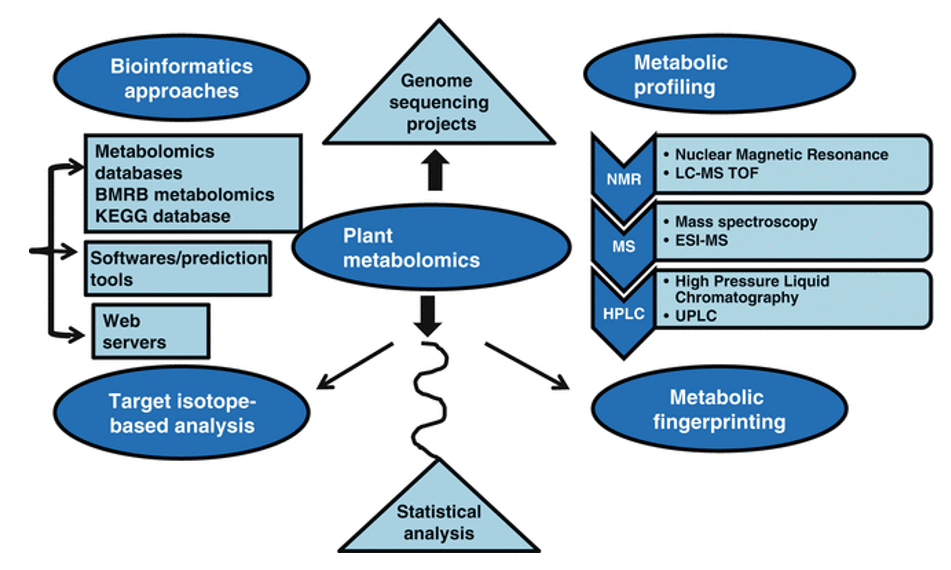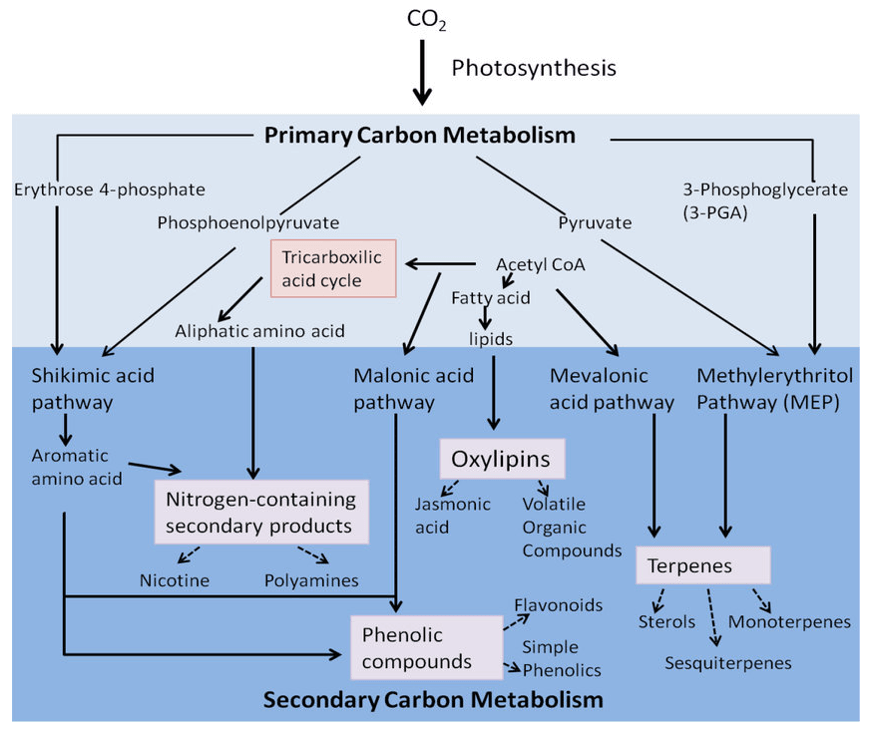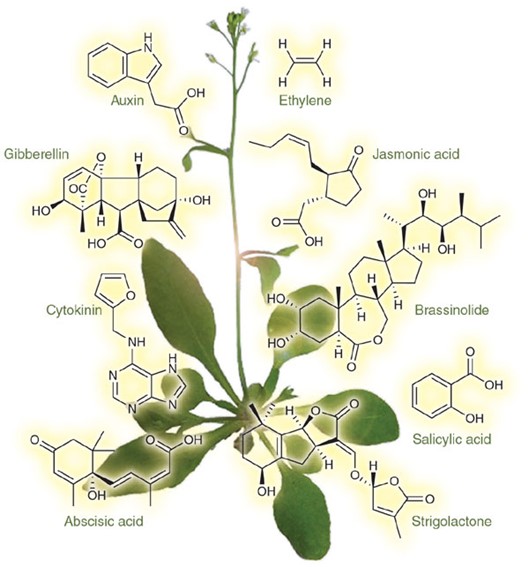Thapsigargin Analysis Service
Submit Your InquiryWhat is Thapsigargin?
Thapsigargin is a naturally occurring chemical obtained from the Mediterranean-native plant Thapsia garganica. It is a strong inhibitor of the endoplasmic reticulum calcium ATPase (SERCA), a key enzyme in the control of calcium ions within cells. Thapsigargin alters the normal calcium ion balance by inhibiting SERCA, resulting in an increase in cytosolic calcium levels.
Thapsigargin has gotten a lot of attention in cellular biology research because of its capacity to release calcium from intracellular storage and activate calcium-dependent signaling pathways. The chemical has been widely utilized to examine calcium-influenced biological processes such as cell proliferation, differentiation, apoptosis, and secretion.
Thapsigargin's effects on calcium signaling have also made it useful for examining numerous molecular mechanisms and signal transduction pathways in distinct cell types. It has been used in studies on, among other things, cancer biology, neurotransmission, immune cell activation, and cellular stress responses. Thapsigargin is a useful tool for comprehending the underlying mechanisms that control cell activity due to its distinct mode of action and capacity to influence cellular calcium dynamics.
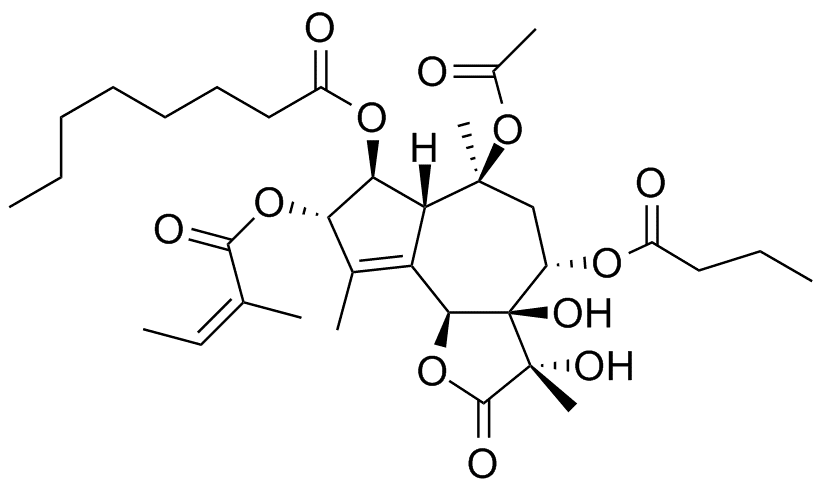 Structure of thapsigargin
Structure of thapsigargin
What Thapsigargin Analysis Can Creative Proteomics Provide?
Purity Analysis of Thapsigargin
Assessing the purity of thapsigargin samples helps to obtain more accurate experimental results. Impurities in this compound have the potential to interfere with bioassays and affect the interpretation of study results. We offer several analytical techniques to determine the purity of thapsigargin, including high-performance liquid chromatography (HPLC), thin-layer chromatography (TLC), and spectroscopy.
Quantitative Determination of Thapsigargin
Thapsigargin quantitative analysis is crucial for experimental design, dosage determination, and compound stability assessment. The correct assessment of the concentration or amount of thapsigargin is frequently required during the research procedure. Quantitative measurements can be made using a variety of approaches, such as spectrophotometric methods, HPLC paired with UV or fluorescence detection, and mass spectrometry-based methods. Spectrophotometric methods are excellent for rapid and routine analysis since they rely on detecting the absorbance of a substance at a specified wavelength. For reliable quantification, high performance liquid chromatography paired with UV or fluorescence detection provides outstanding sensitivity and selectivity. We generally provide mass spectrometry-based technologies, such as liquid chromatography-tandem mass spectrometry (LC-MS/MS), that can precisely and specifically quantify thapsigargin in complicated matrices.
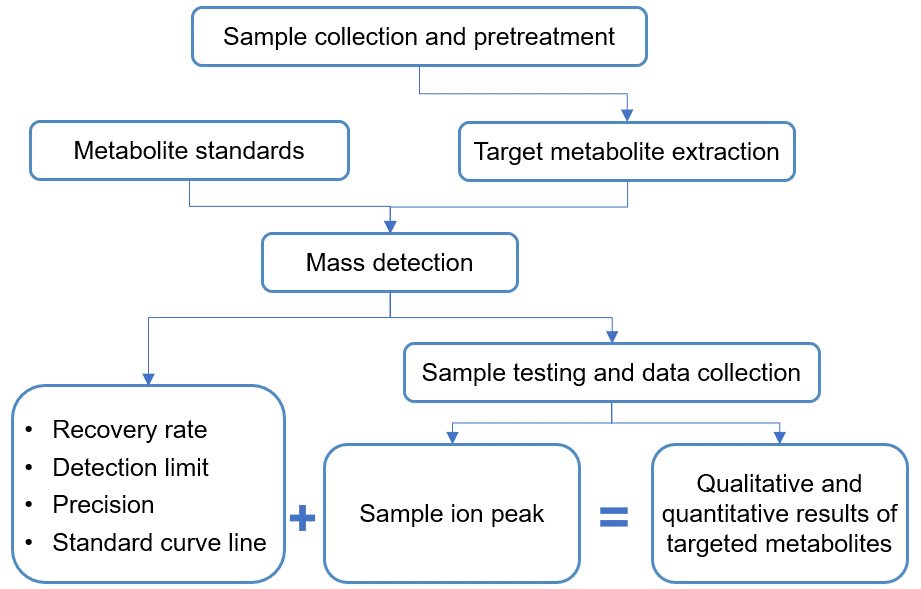 Workflow of Thapsigargin Assay
Workflow of Thapsigargin Assay
Quality Control of Thapsigargin
Stringent quality control methods are required during thapsigargin manufacturing or preparation to guarantee the chemical satisfies set quality requirements. Quality control entails evaluating a variety of factors, including purity, stability, and impurity profiles. In addition to the previously stated analytical procedures, other approaches such as elemental analysis, melting point measurement, and moisture content determination can be used for quality control. These tests guarantee that thapsigargin fits the standards and has the needed qualities for accurate study results.
Sample Requirements for Thapsigargin Analysis
| Sample Type | Recommended Sample Quantity | Additional Notes |
|---|---|---|
| Cell Cultures | 1 x 105 to 1 x 107 cells | - Consider the specific cell line and its growth characteristics. - Adjust the quantity based on the desired cell density and experimental requirements. |
| Tissues | 10 to 100 mg | - Use fresh or frozen tissues for analysis. - Homogenize the tissue to obtain a representative sample. |
| Plant Extracts | 5 to 50 mg | - Prepare extracts from plant material using appropriate extraction techniques. - Concentrate the extract if needed. |
| Purified Thapsigargin | 1 to 10 μg | - Obtain purified thapsigargin samples from reliable sources or through appropriate purification methods. - Concentrate the purified sample if necessary. |





